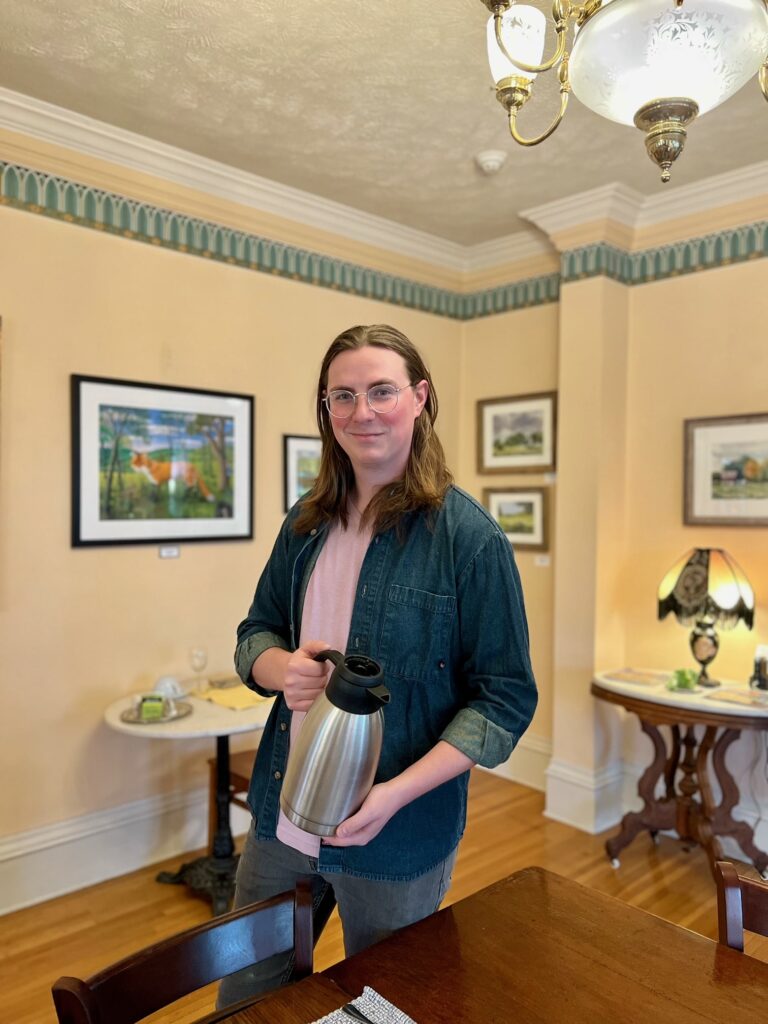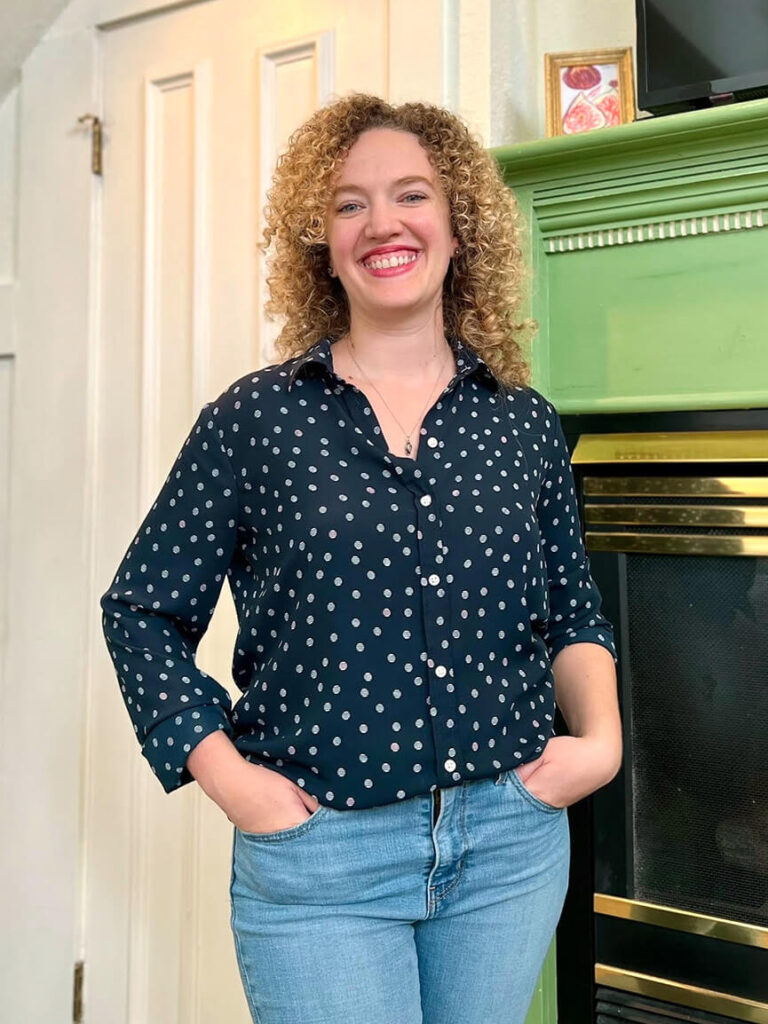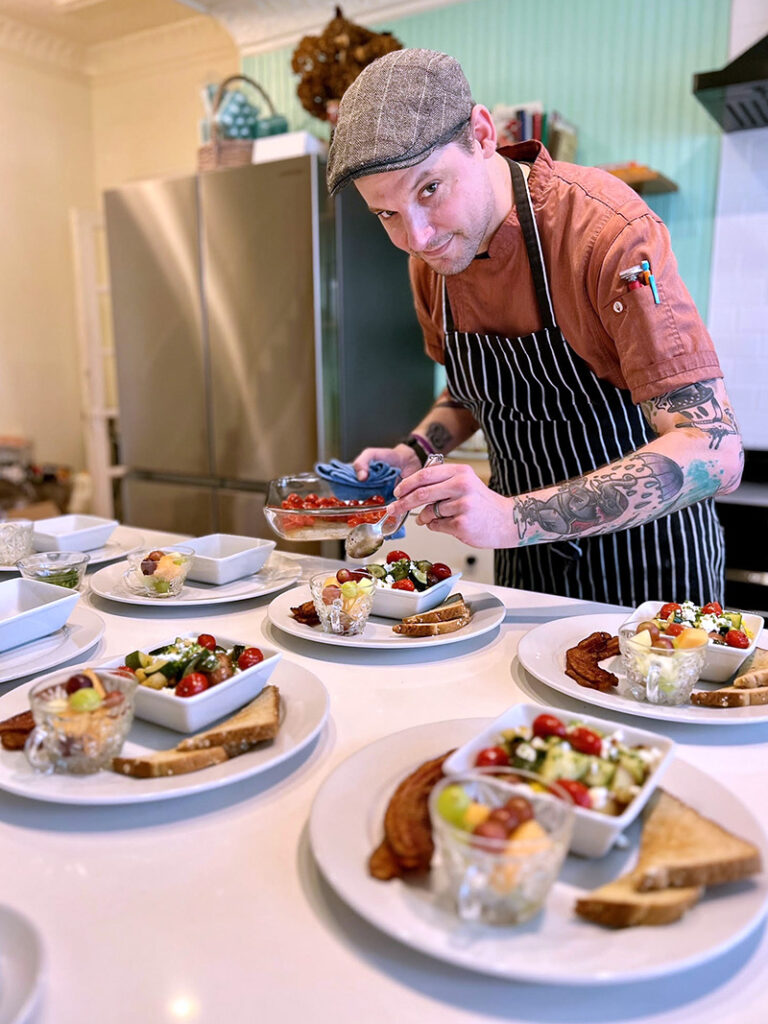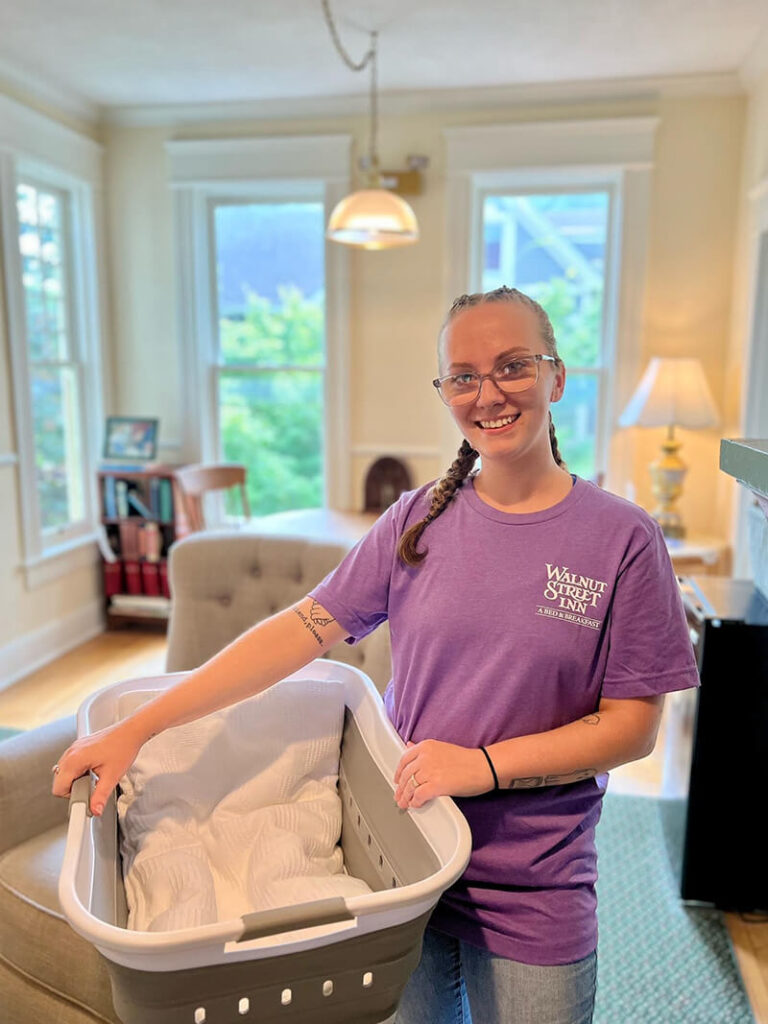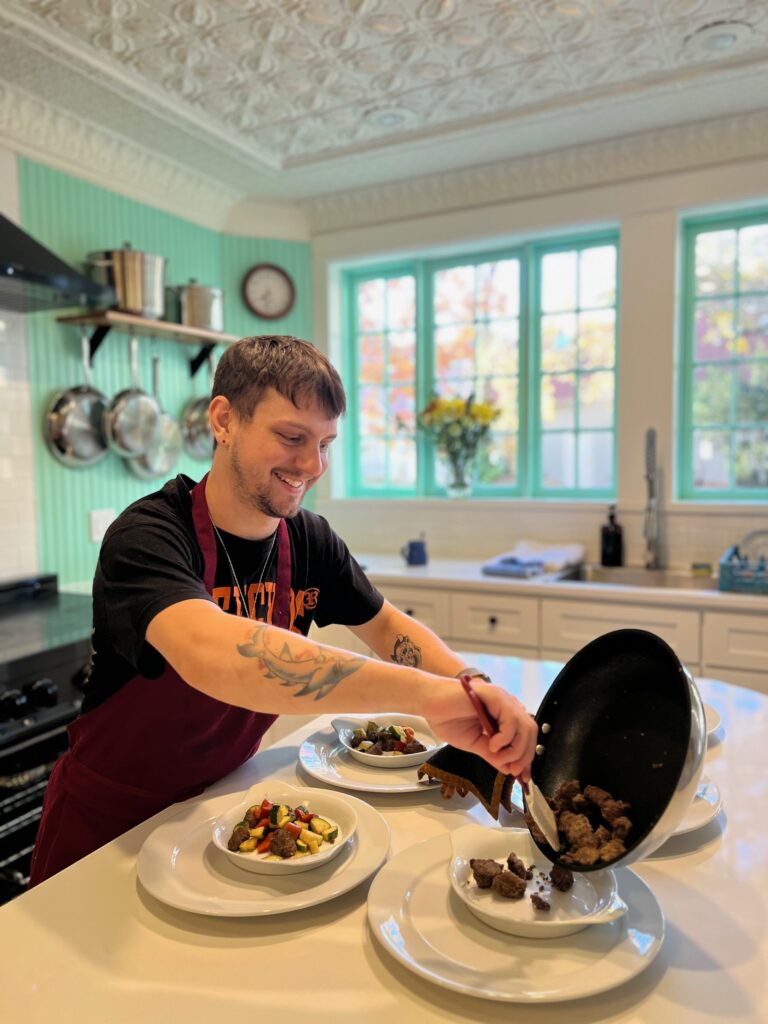About The Walnut Street Inn
Your Springfield, Missouri First Choice for Business and Pleasure
From the first glimpse of the Walnut Street Inn Bed and Breakfast, Springfield’s first “Boutique Hotel,” you begin to feel its charm, its personality. Hand-painted Corinthian columns frame a wide, airy veranda with an inviting porch swing. The gracious beveled glass front door is opened by your Innkeepers, and you know that your stay at the Walnut Street Inn Bed and Breakfast will be a special, unique experience whether you are traveling for business or for pleasure.
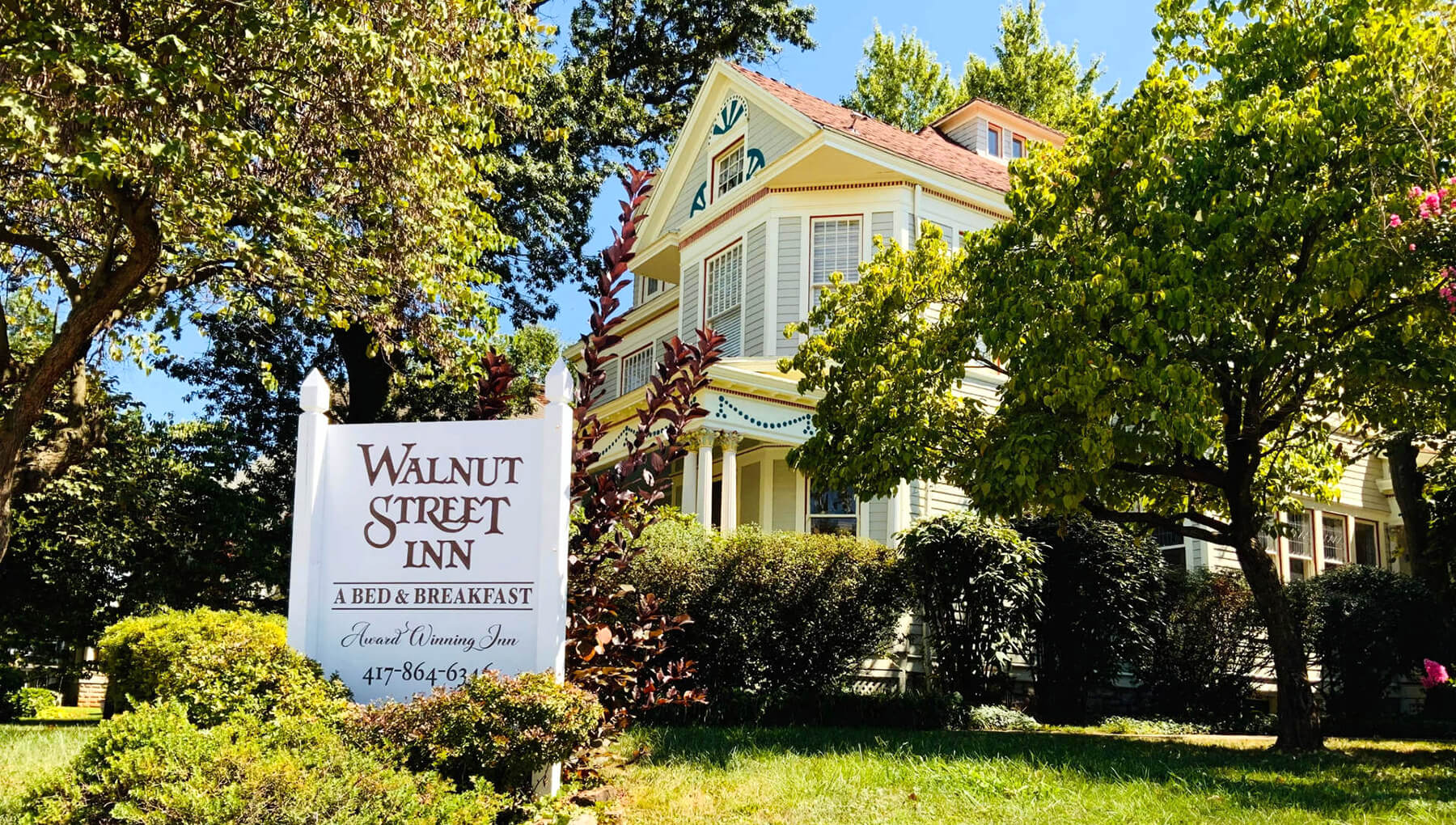
A Centrally Located Historic B&B
Walnut Street Inn Bed and Breakfast is an urban oasis for our guests. It is in a Nationally Registered Historic District, one block off historic Route 66, and within walking distance to gift shops, fine dining, a health club, Hammons Field (home of the MSU Bears and our AA professional team, the Springfield Cardinals!), the Springfield Exposition Center, theatres, plays, concerts and symphony performances at the Juanita K. Hammons Hall for the Performing Arts and the JQH Arena.
Things to Do in Springfield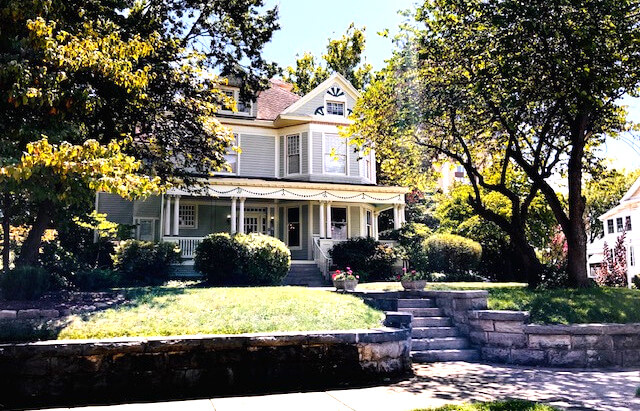
Antique Decor, Modern Amenities
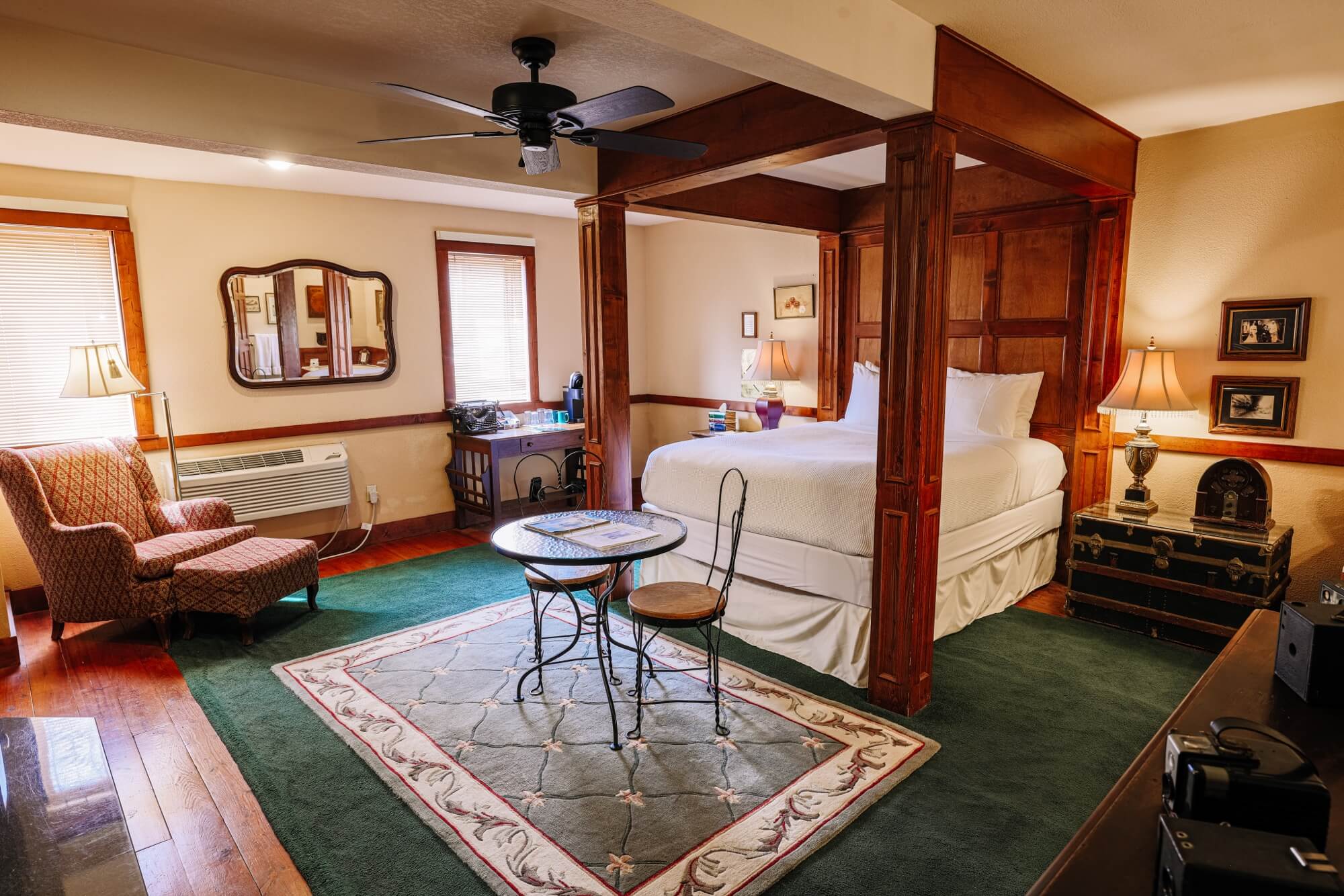
We Are Here to Serve You!
The staff of Walnut Street Inn Bed and Breakfast is eager to assist you in any way.
The guest-oriented service begins with your phone call (or easy on-line reservation page found here) to reserve a room. Will your stay be a celebration of a birthday, an anniversary or another special event? Are you a Civil War history enthusiast? Have you heard of Bass Pro Shop’s Outdoor World, Missouri’s #1 tourist attraction? Have you seen our new world class “Wonders of Wildlife” museum and aquarium? Do you need some suggestions or reservations for dinner? Do you enjoy the theater or symphony?
Let the Innkeepers help you “orchestrate” a visit to Walnut Street Inn and Springfield, Missouri that is uniquely yours!
Special Events
The Walnut Street Inn Team
Meet the Heart Behind Our Historic Charm and Modern Comfort
